Set up a DVR, ou stand-alone, to be accessed remotely is no big deal, but for those who have no experience below follows a step by step tutorial on how to set up your stand-alone to view your cameras from anywhere that has internet access.
1º Step: Check the information of your network
click in Start > run > type it CMD e de enter.
No Command prompt which opened type ipconfig e de enter.
Record the following information for later use:
- Subnet Mask
- default Gateway
2º Step: Configurar o stand-alone (internal and external access)
As there are several models the way to configure each DVR may vary, but the premise is the same.
Menu > Advance > Network
In Network Type, of O.k in Static and put the information picked up from the computer.
IP: You prefer. ( Example: 10.0.0.120)
Gateway: 10.0.0.1
Netmask: 255.255.255.0
Go back to the Menu Network.
DNS: 10.0.0.1 (the same gateway)
Port: It is the gateway to access your DVR. In this example I'll use port 1227, but you can use the number of your choice.
Obs.: If what you want is internal access, that you can view the cameras from any computer or device that is connected to your internal network, already done you don't need to configure anything else. To view the cameras simply enter your internet browser and enter the following address: http://ip-stand-alone:door (Ex: http://192.168.0.120:1227)
3º Step: Fix external IP
In almost all internet services available, our external IP is not fixed, and yes dynamic, ie every time your router is turned off or disconnected the next made it to connect with your Internet service will be with a different IP. Then this problem, to access the stand-alone we need to know the external IP current network it is connected, since it is not feasible to go to the place where the stand-alone is physically to check the IP address every time the router is turned off we will use a service that updates the IP automatically.
The two most commonly used are the No-IP e o DynDNS, both are paid but the No-IP has the ability to upgrade for free up to three IP addresses per account, for this reason I will use the No-IP for demonstration, but in both the configuration is basically the same.
First create an account at No-IP, after that enter the account created and click “Add Host”.
On the next page choose “Hostname” I had used to access your DVR, do not change anything and click “Add Host” at the bottom.
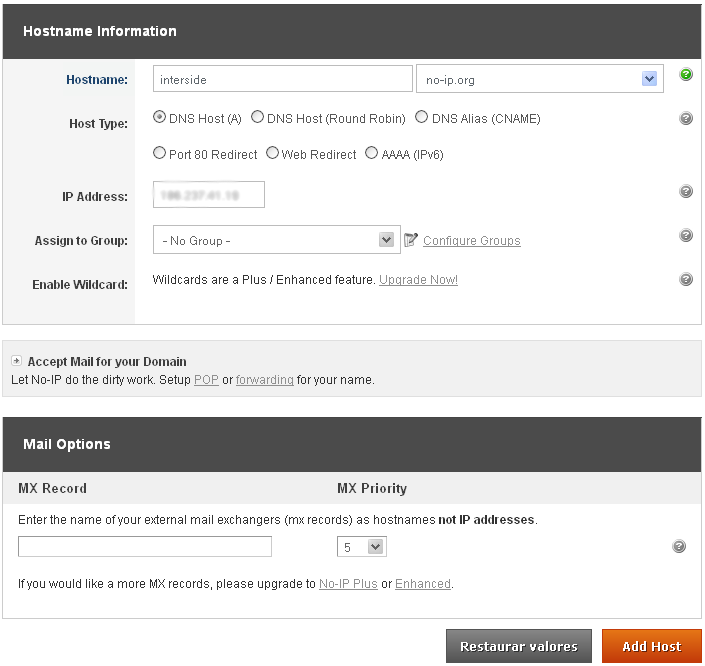
ready your hostname it is created.
4º Step: Configure the router:
Now what we do is to set the IP and the stand-alone door. The router I'm using in this tutorial is the “WRN 240” gives Intelbras, but the configuration is basically the same for any router.
First you go redirection > Virtual server > Add
Place the information of the DVR and click save.
after saving, the port and IP that you set will look like this:
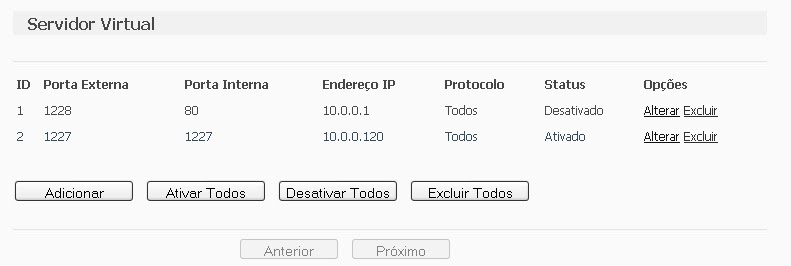 Some people prefer to make the release of the DMZ ports, as it will be shown abaixo, but by enabling DMZ on your modem or router, you will be compromising the security of your device. Always release the doors manually, as shown above..
Some people prefer to make the release of the DMZ ports, as it will be shown abaixo, but by enabling DMZ on your modem or router, you will be compromising the security of your device. Always release the doors manually, as shown above..
Computer security, a DMZ or demilitarized zone (demilitarized zone or DMZ), also known as perimeter network, is a physical or logical subnet that contains and exposes an organization's external border services to a larger, untrusted network, usually internet. Any devices located in this area, this is, between the trusted network (usually the local private network) and the untrusted network (usually the Internet), is in the demilitarized zone.
redirection > DMZ > Select enable, enter the IP of the DVR and save.
The next step is to configure the router to automatically update your network's IP in your NO-IP account.
Go to Dynamic DNS, enter your account information and the hostname/domain you created, click enter. After the “Connection Status” is like “Connected!” click save.
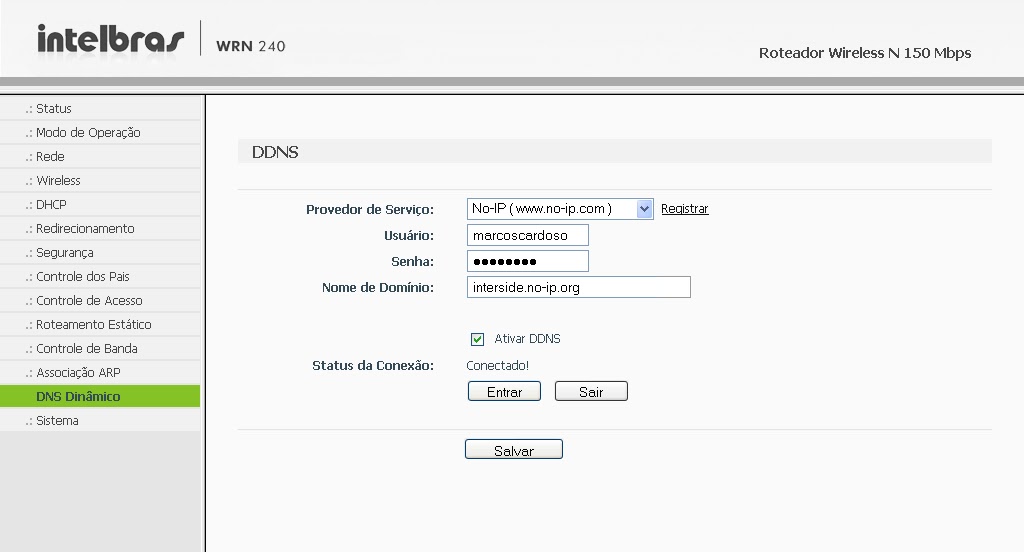
It is, Now you can view your cameras from anywhere in the world.
If you have questions or suggestions leave us comments.


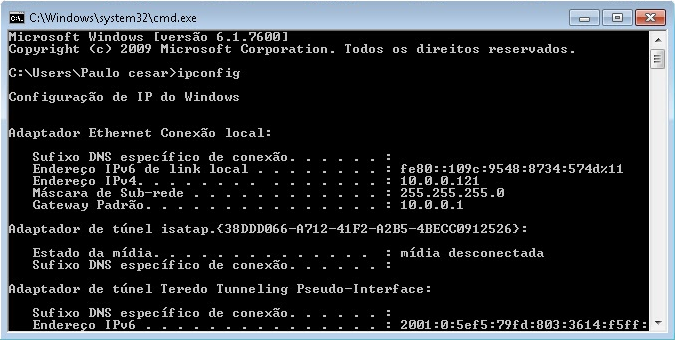
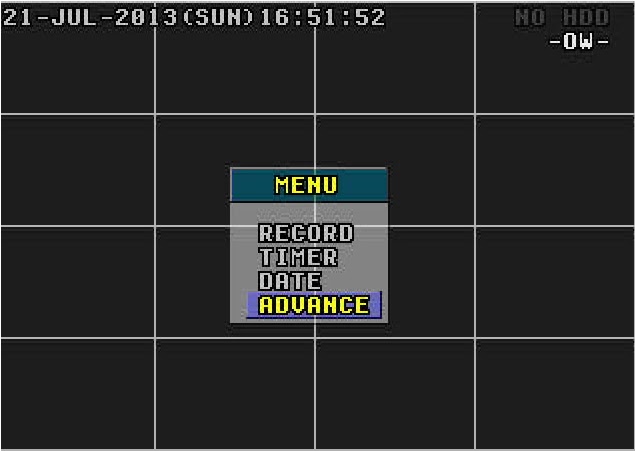
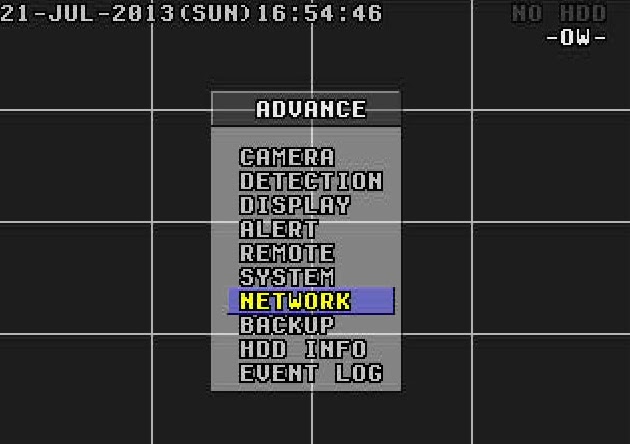
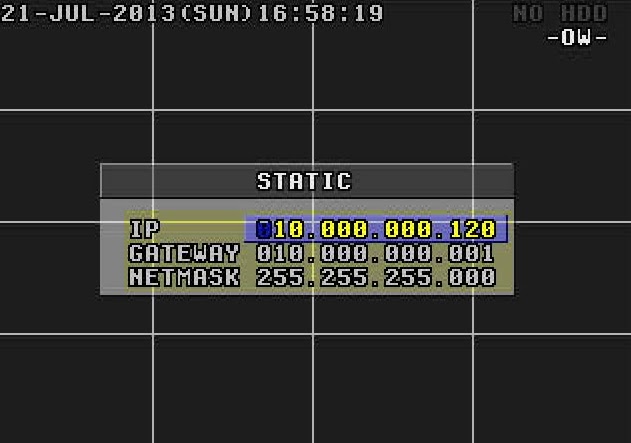
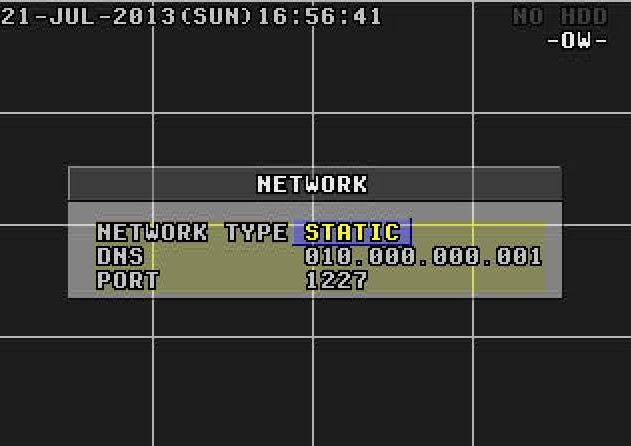
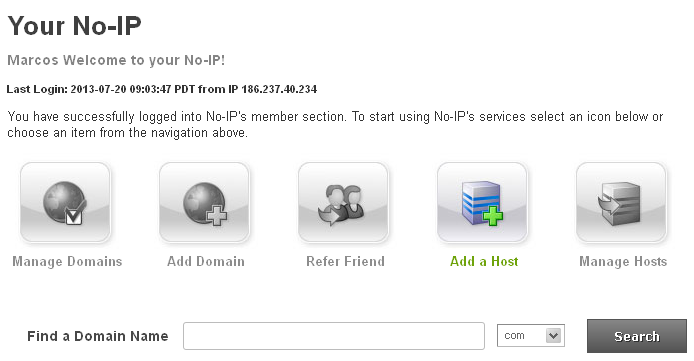
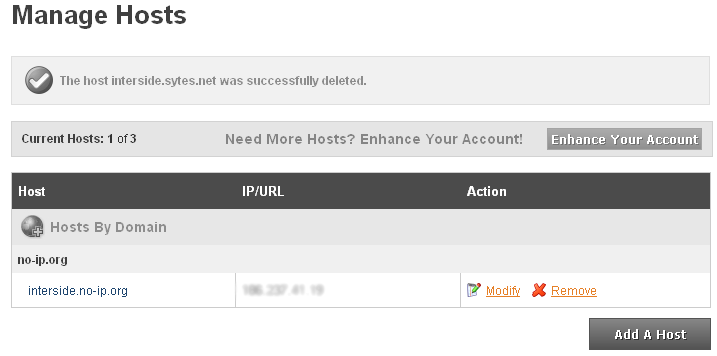
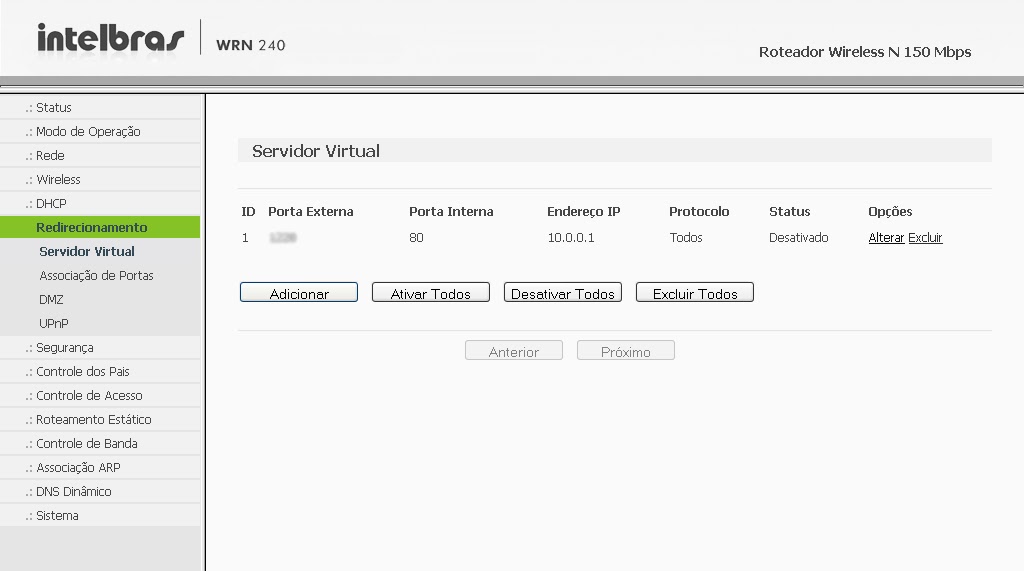
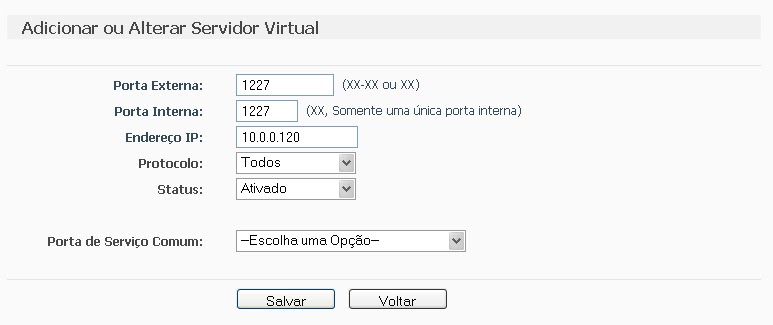
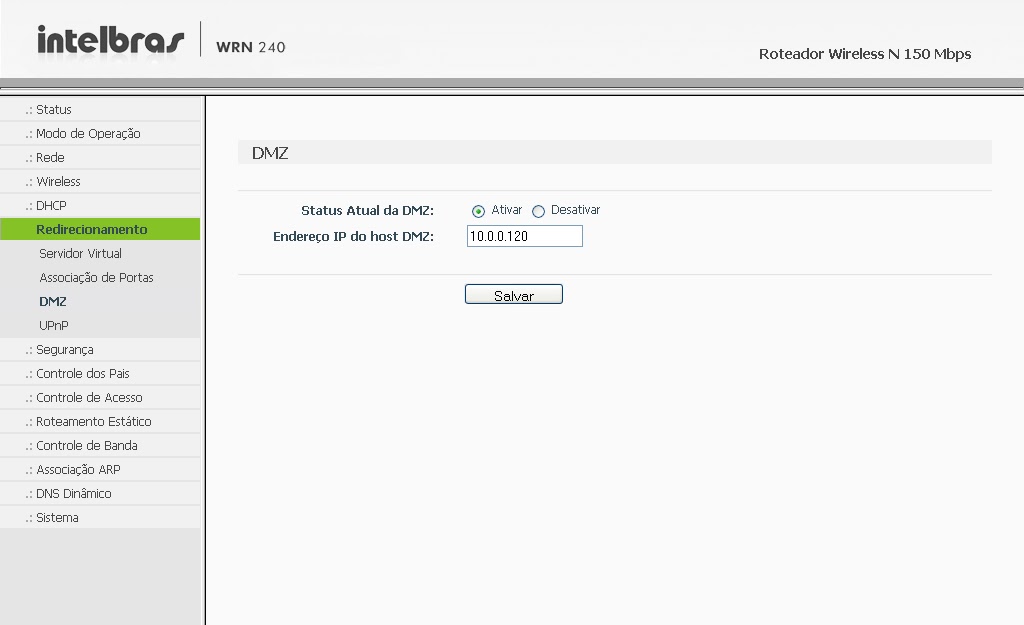

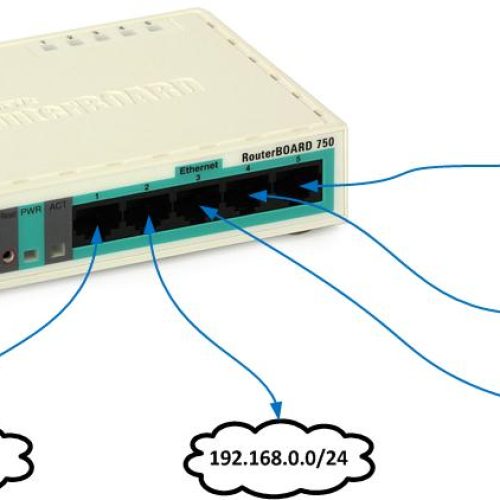

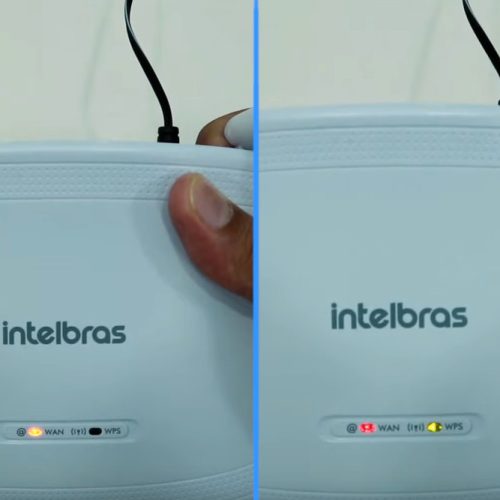
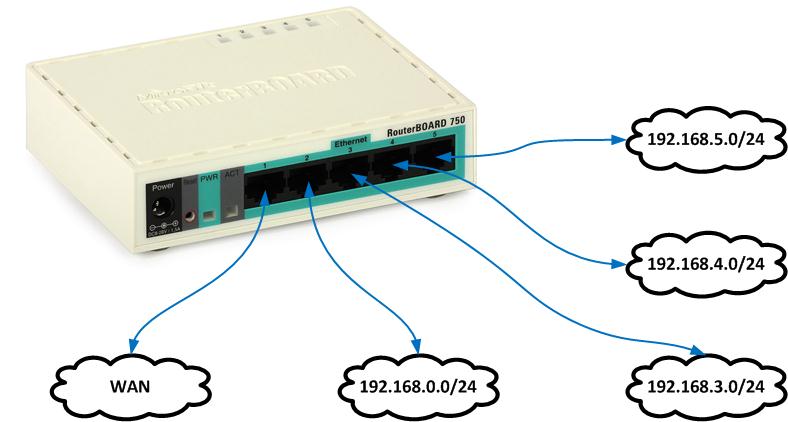

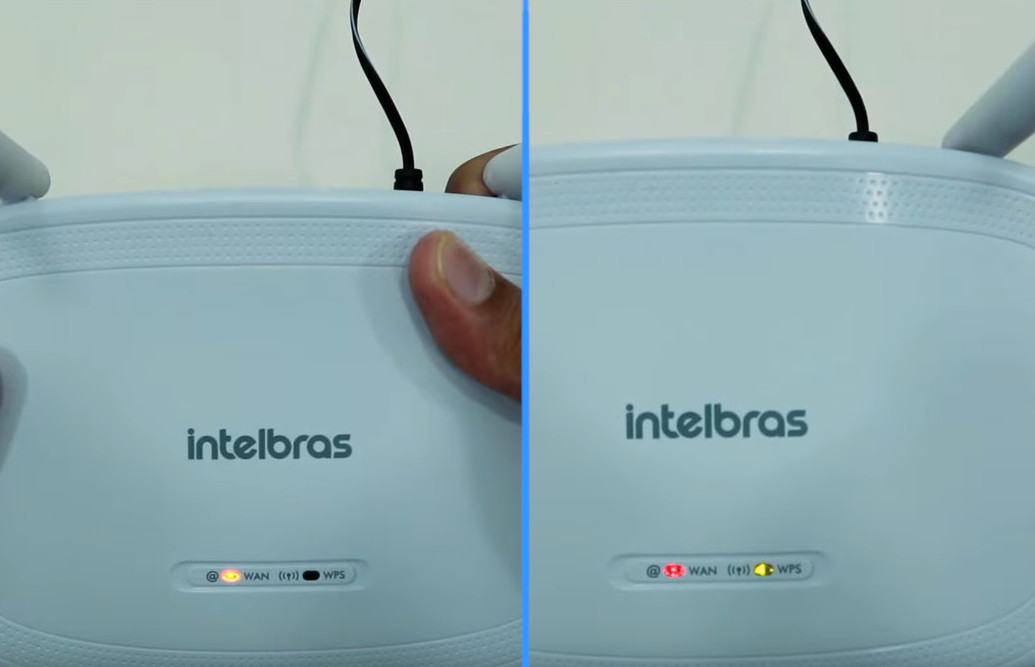
321 Comments
I successfully registered on no-ip;
I added on the Router (tp-link tl-Wr841N) the Dynamic DNS;
I configured the DMZ in the Router;
Configured port forwarding in the Router for 8000;
No dvr (h.264) I configured the ip 192.168.0.10 , door 8000;
I have to do some configuration on the oi DSL-2500E Velox Modem, remembering
that DDNS in it does not have the option to choose the noip ?
I'm not even able to run it, in IE appears the msg that windows blocked..
Name: dvr_ocx.cab
Publisher: Unknown supplier
obs:
My dvr is wired to the Router.
Can you give me a hand to work? ?
Awaiting, Thank you…
Responding: "bom dia fiz a configuraçao esta tudo ok só estou com uma duvida qual porta deve colocar no roteador a TCP ou HTTP meu roteador é o WRG 140E intelbras e só tem lugar para uma porta e meu DVR não esta ligado diretamente no roteador vai funcionar?"
R: On your router you will have to add ports one at a time, just add and save a port and then you add another one with the same IP.
How your DVR is connected to the network?
HI
Good morning I did the configuration, everything is ok I just have a doubt which port to put on the TCP or HTTP router my router is the WRG 140E intelbras and it only has room for one port and my DVR is not connected directly to the router will work?
cave, on the modem you will open these ports to the router IP. And the DDNS configuration is done on the modem.
Homerito Junior, yes No-IP is free but with some restrictions.
Good,redid the settings in dyn ddns,It's ok . Now I put a dvr in my mother's house but there the router has dhcp enabled. Ie modem ip: 192.168.1.1 and the ip of the router :192.169.1.1 the dvr is connected to the router with ip : 192.169.1.150 doors 6036 , 9000 e 150. how to proceed now? I have to configure something on the modem?? Or just on the router? Modem tplink tt8816 and router tplink wr740n. Thank you in advance for your help..
I've already registered on the ip, it's free or do I have to pay?
I'll try anything guys return aki on the blog … remembering my dvr is chinese BRAND LEVEL let's see what happens kkkkkk
I really am a curly, willing to learn the configuration, to live up to my efforts in installation preparation, I've read everything in my eagerness to learn, I had never read something so good and easy for anyone in my situation, congratulations for the didactics. God bless keep collaborating with technological advancement. Hugs!